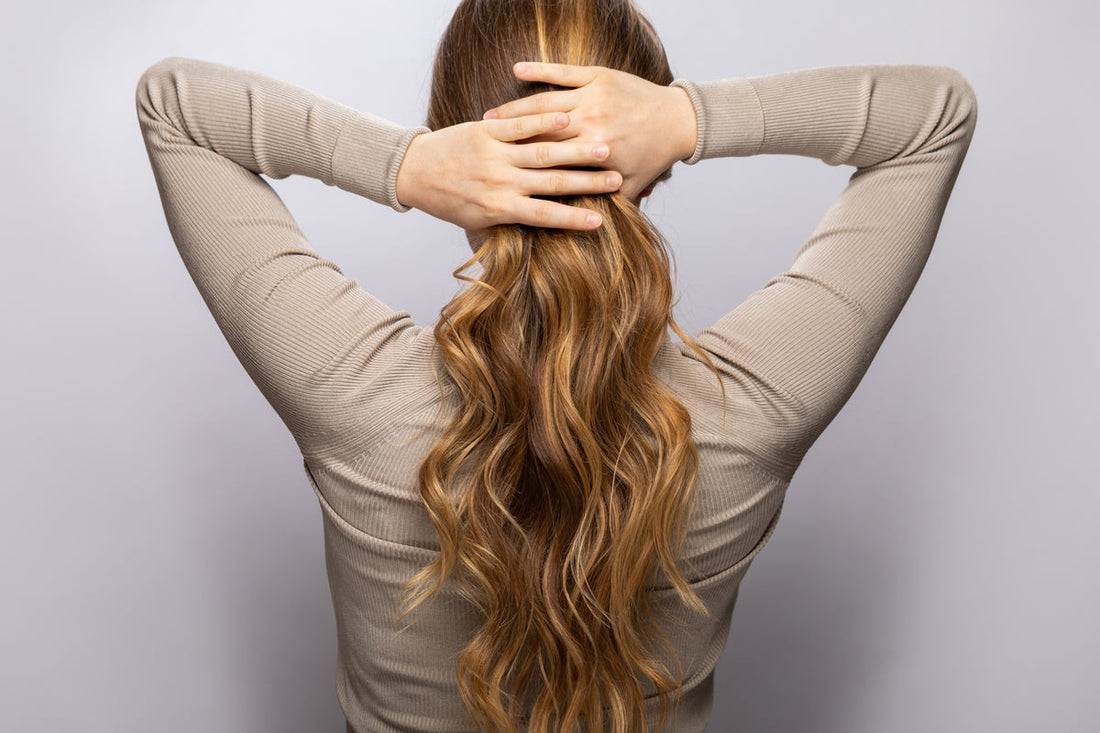
Vitamins and Hair Growth - Key Findings from the Study
Share
Quantile Treatment Effect of Zinc Lozenges on Common Cold Duration
Authors: Harri Hemilä, Elizabeth Chalker, Janne Tukiainen
Published: February 1, 2022, in Frontiers in Pharmacology
Introduction
Traditional methods for evaluating drug efficacy focus on average outcomes, which may overlook differences in treatment effects across various patient groups. This approach can be flawed, especially when the results are distributed asymmetrically. In studies on the duration of colds, for example, both very short and prolonged cases occur.
The authors employed the Quantile Treatment Effects (QTE) method, which allows for evaluating the impact of treatment across the entire distribution of outcomes, rather than being limited to the average. This innovative method was applied to analyze the effects of zinc lozenges in treating the common cold, using data from both zinc gluconate and zinc acetate trials.
Methodology
Data from Clinical Trials
The analysis included data from four key randomized controlled trials (RCTs):
- The Mossad Trial (1996): This study focused on zinc gluconate and involved employees of the Cleveland Clinic. The results showed an average reduction in cold duration of 4 days compared to placebo.
- Three Zinc Acetate Trials: Conducted at Detroit Medical Center and the University of Texas, these trials reported an average reduction in cold duration of 2.7 days.
In all trials, patients were randomly assigned to groups receiving zinc or placebo. Advanced statistical methods, including quantile regression, were used to capture variations in treatment effects across different percentiles of cold duration.
Quantile Regression and QTE
The QTE method enables the analysis of treatment effects across different segments of the outcome distribution. For instance, in the Mossad trial, the effects of zinc varied significantly:
- Patients with the longest colds (15–17 days) experienced an 8-day reduction in cold duration.
- Patients with short colds (2 days) saw only a 1-day reduction.
Results
Effects of Zinc Gluconate
The QTE analysis of the Mossad trial revealed:
- The average effect of a 4-day reduction applied mainly to colds lasting about 10 days (60th percentile of the distribution).
- The longest colds were shortened by up to 8 days, which is clinically significant.
- Short colds (around 2 days) showed a minimal reduction of 1 day.
Effects of Zinc Acetate
Data from the three zinc acetate trials indicated more uniform effects:
- The average reduction in cold duration was 2.7 days.
- Similar to zinc gluconate, the effects varied depending on the duration of the cold—short colds showed smaller reductions, while long colds benefited more.
Clinical Relevance
The most notable effects were observed in patients with prolonged colds. A reduction of 8 days for severe cases is highly clinically significant, especially for patients with weakened immune systems.
Discussion
The authors emphasize that the QTE analysis reveals differences in treatment efficacy that are hidden in traditional average-based analyses. Key conclusions include:
- Limitations of Average Results: Average effects can lead to misleading conclusions, especially when results are asymmetrically distributed.
- Importance of Analyzing Heterogeneity: QTE provides a better understanding of how treatment works across different patient subgroups, which is particularly important for personalized medicine.
- Applications of QTE: This method could be useful not only in cold treatment studies but also in analyzing hospital stays, ICU durations, and other medical conditions.
Conclusions on Using Zinc for Cold Treatment
Zinc has long been studied as a potential remedy for alleviating cold symptoms. The findings of this study confirm its efficacy, particularly in cases of severe and prolonged colds. Key recommendations include:
- The Form of Zinc Matters: Zinc gluconate appears to be more effective in shortening long-lasting colds, while zinc acetate shows more uniform, though less pronounced, effects.
- Timing of Treatment: Zinc lozenges are most effective when taken within the first 24 hours of symptom onset.
- Safety and Dosage: Zinc is safe when used within recommended dosages, though some patients may experience mild side effects, such as a metallic taste.
- Mechanism of Action: Zinc may inhibit viral replication and reduce inflammation, which explains its effectiveness in shortening colds.
